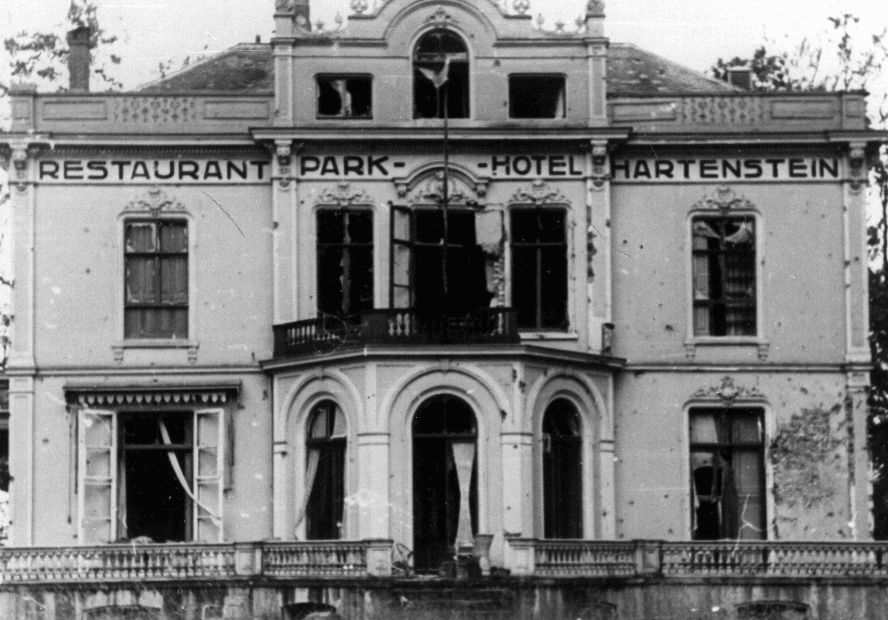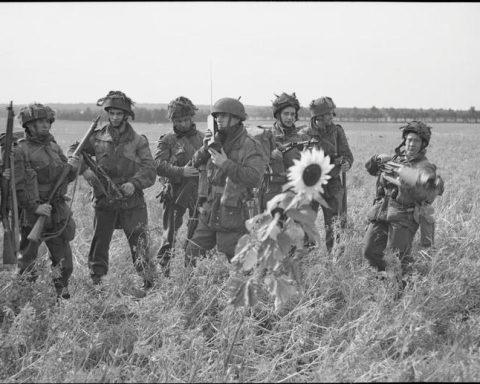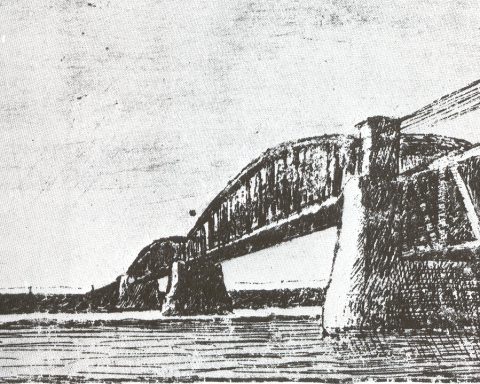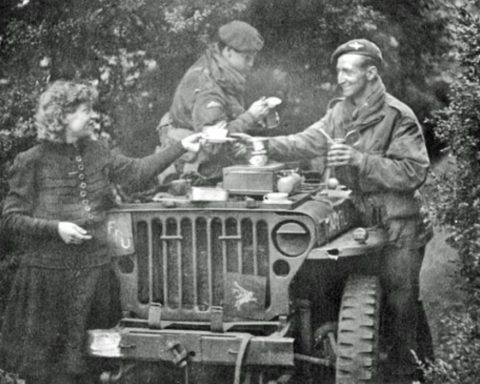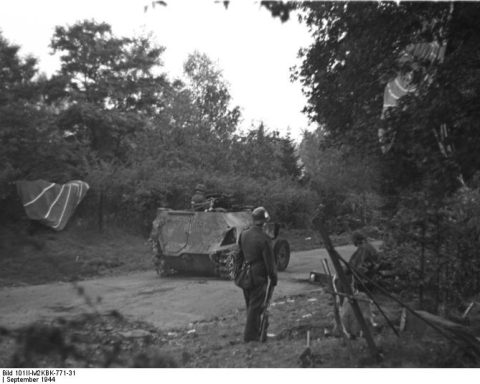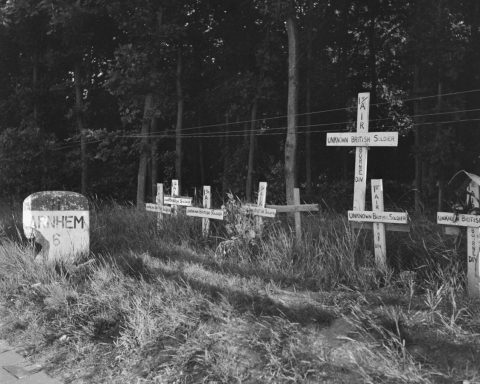Early in the morning of Monday, September 25, a liaison officer arrived at General Urquhart’s headquarters who had crossed the Rhine during the night to the British perimeter in Oosterbeek.
Urquhart received a letter from General Thomas, the commander of the 43rd Division, which was located on the south side of the Rhine. In the letter, General Thomas explained that he could do little for the besieged airbornes in Oosterbeek.
According to Thomas, the Allied troops between Driel and Nijmegen were now themselves threatened by attacking actions by the Germans on ‘The Island’, as the Allies called the area between the Waal and the Rhine.
It was decided that it was best for the British to withdraw from Oosterbeek. What played a role for the Allies is that the Germans had once again managed to occupy the road south of Nijmegen. The Allies were therefore unable to send troops and equipment from North Brabant in the direction of the Rhine.
The code name of the retreat from Oosterbeek would be ‘Operation Berlin’, General Thomas wrote to Urquhart. Urquhart was allowed to decide for himself when he wanted to start Operation Berlin.
Urquhart didn’t have to think about it for long. That same evening he wanted to transfer the remnants of his division to the south of the Rhine.
Urquhart: “There were still about 2,500 of us; a quarter of our original strength. For days we had been fighting against superior forces, inadequately armed and on an empty stomach. The emergency hospitals were full. I couldn’t expect much more from those who were still alive.”
That morning, just after 8 a.m., Urquhart contacted General Thomas on the south bank by radio: “Operation Berlin must take place tonight.”
The small
Urquhart decision then went up the chain of command to the British army leadership. General Horrocks called General Dempsey, the commander of the British 2nd Army: “I think it must be the small one,” Horrocks told Dempsey.
“I was already going to tell you it had to be the little one,” Dempsey replied.
Horrocks and Dempsey used a pre-arranged code word. ‘The big one’ was the code name for the reinforcement of the British Airborne Division. ‘The little one’ was the code word for the division’s withdrawal.
Dempsey, in turn, informed Field Marshal Montgomery of the decision to abandon the bridgehead on the north side of the Rhine that night. Montgomery agreed. He had no choice. He had no choice.
Staff officers at headquarters reported that they had never seen Montgomery as quiet and withdrawn as he was that day.
Before Operation Market Garden, German Field Marshal Walter Model had told General Rauter at his headquarters in Oosterbeek that he was not afraid of airborne landings on the north side of the Rhine.
According to Model, the airborne troops would be destroyed by the Germans before the ground troops would be able to relieve the paratroopers.
The course of Operation Market Garden proved Model right. But although the besieged British airborne forces were on the brink of exhaustion on Monday 25 September, they were still not defeated.

